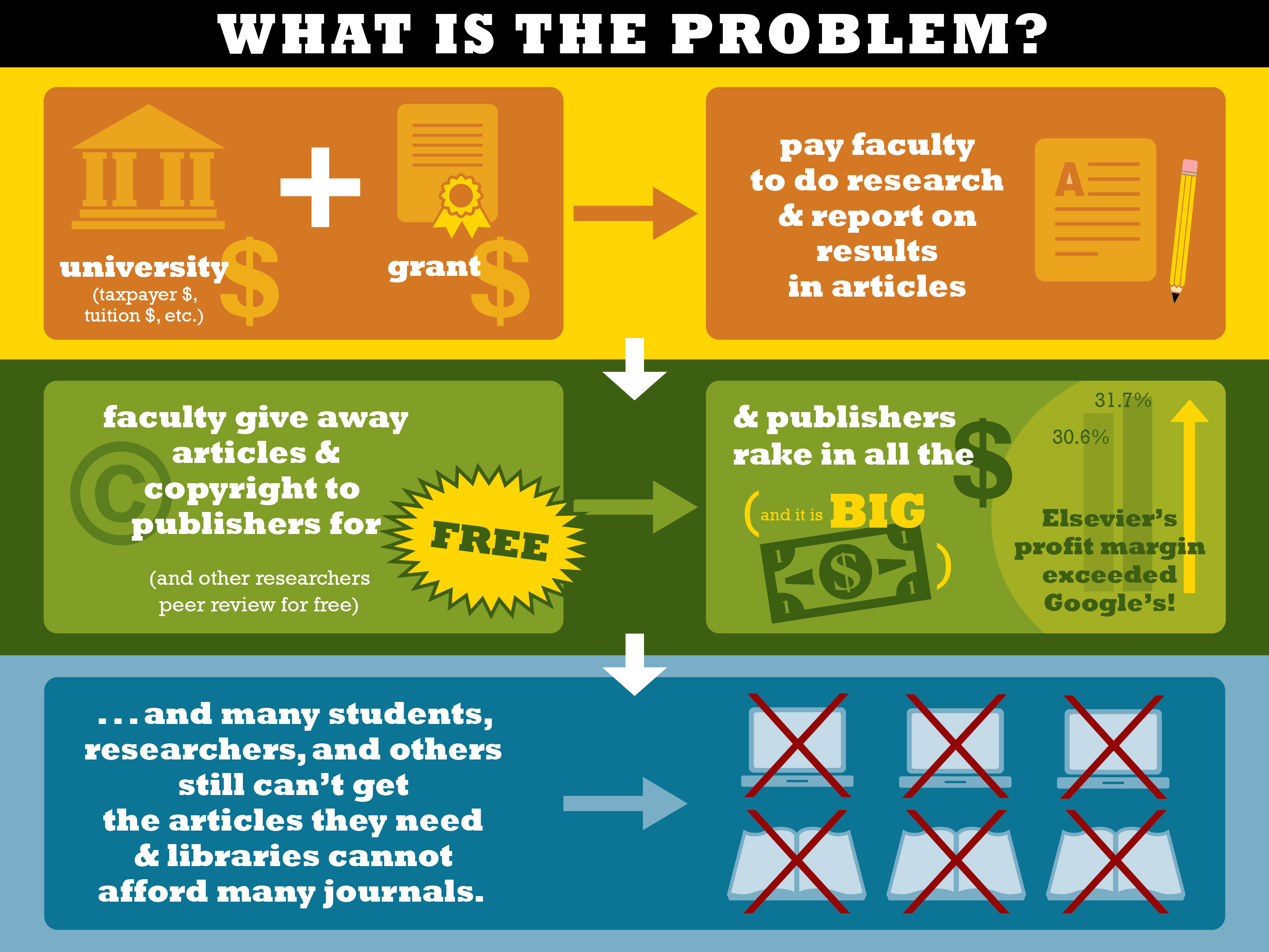Topic 5: SUMMARY – Access Denied – The Advantages and Disadvantages of Open Access
One of the key points I have learned from this topic is the structure that governs the production and distribution of academic journal articles. Thanks to Bartosz’s diagram (as shown below), I finally realised how the structure loosely resembles the music industry’s methods of distributing music. Whilst journal companies take the largest cut, the author takes a small fee at the expense of having his/her article reviewed and placed within a reputable journal firm. This is exactly the same theme as a record label, a business model which is commonly deemed unsustainable and unethical.
 Figure: Paszcza (2015)
Figure: Paszcza (2015)
Another key item I can take away from this exercise comes from Aliyu, who referenced the problem of the ‘pay wall’. This is where access to online content is restricted by the requirement to own a subscription, or to buy the article outright. It does worry me that access to research is now expensive and exclusive. As a Southampton University student, the university is well funded enough to afford such expensive access, however I now understand that individuals and independent academics cannot have the same access. This is clearly not very fair, however it raises the question of how does one fund open access?
Regardless, there is evidence in the news and current media to suggest that this is a debate that will not be going away. The recent news article I have shared below argues how academics are pressing for open access, not just for individuals but also for young people studying for A Levels.
As I referenced in my blog post, if governments do choose to fund open access, I worry that poorer, developing countries will not have the expenditure. This would create a research divide, similar to the global North-South divide. There is no easy way of solving the problem, however there are definitely a few areas where we can make a start.
Word Count: 310
